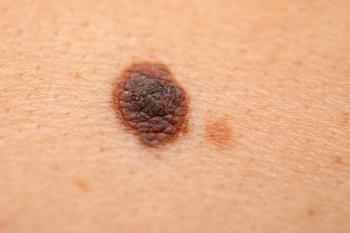
FDA approves 2 injectable diabetes drugs
Two new diabetes drugs, both long-acting injectable insulin products, were simultaneously approved by FDA.
Two new diabetes drugs, both long-acting injectable insulin products, were simultaneously approved by FDA.
Meanwhile,
Related:
Both Soliqua 100/33 and Xultophy 100/3.6 enter a new class of diabetes treatments that combine a basal insulin and a glucagon-like peptide-1 receptor agonist (GLP-1 RA) in a single, once-daily injection.
Soliqua 100/33, which will be available in retail pharmacies in January, 2017, will be delivered in a single pre-filled pen for once-daily dosing. Sanofi is utilizing SoloStar technology, which it says is the most frequently used disposable insulin injection pen platform in the world.
Meanwhile, Novo Nordisk expects to launch Xultophy 100/3.6 in the US in the first half of 2017. Xultophy 100/3.6 is administered as a once-daily injection from a prefilled pen, and can be taken with or without food. Each Xultophy 100/3.6 dosage unit contains one unit of insulin degludec and 0.036 mg of liraglutide.
The approval of Xultophy 100/3.6 is based on efficacy and safety data from the DUAL (Dual Action of Liraglutide and Insulin Degludec in Type 2 Diabetes) clinical development program. In three DUAL trials involving 1,393 adults with type 2 diabetes, patients who were inadequately controlled on liraglutide or basal insulin therapy and switched to Xultophy 100/3.6 achieved reductions in A1c.
Related:
For adults uncontrolled on basal insulin, Xultophy 100/3.6 demonstrated significant reductions in A1c from baseline of 1.67% and 1.94%. The most common adverse events seen during the clinical trials were nasopharyngitis, headache, nausea, diarrhea, increased lipase and upper respiratory tract infection.
Soliqua 100/33 was studied in a phase 3 program of more than 1,900 patients. In an insulin intensification study, Soliqua 100/33 showed better HbA1c (average blood sugar over time) lowering versus Lantus. A majority of the 736 patients (55% vs. 30%) achieved the American Diabetes Association target of less than 7% at 30 weeks. Patients treated with Soliqua 100/33 experienced similar rates of documented (less than or equal to 70 mg/dL) hypoglycemia compared to Lantus-treated patients.
The most frequently reported adverse events with Soliqua 100/33 included hypoglycemia, nausea, nasopharyngitis, diarrhea and upper respiratory tract infection.
Newsletter
Get the latest industry news, event updates, and more from Managed healthcare Executive.




















































